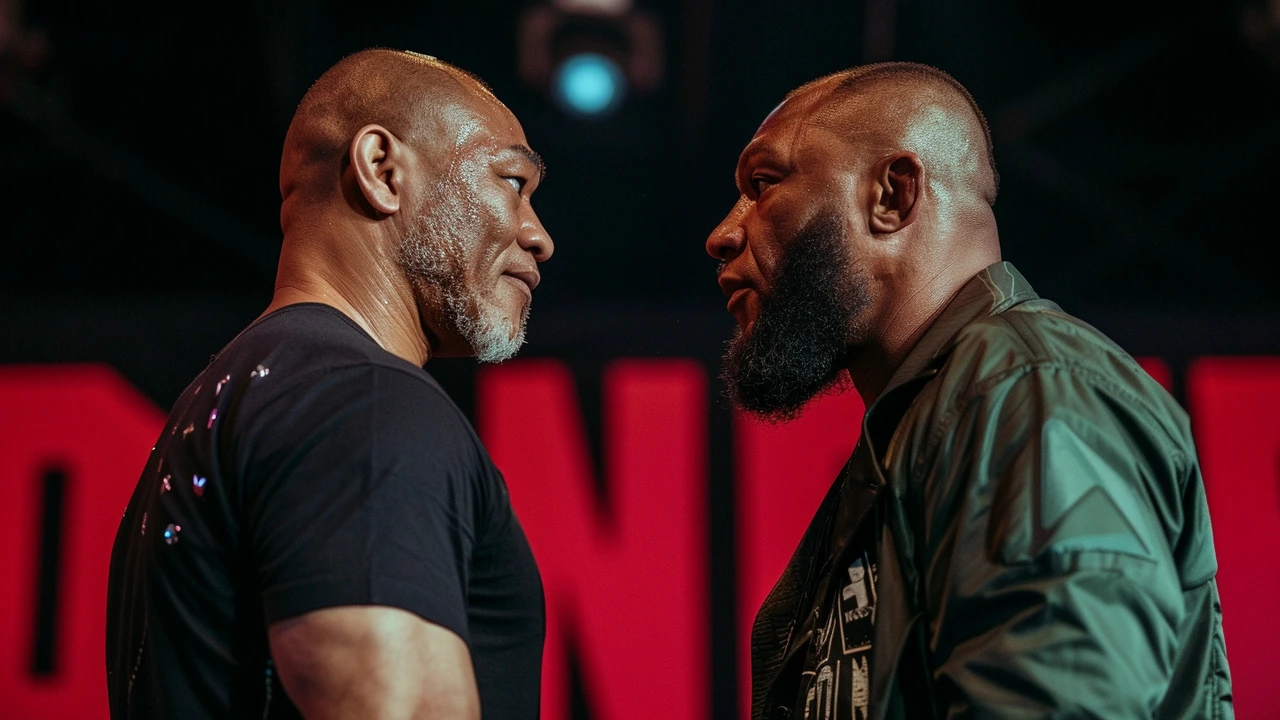Boxing Purse: How Fight Money Works
Curious how fighters earn money from a fight? The term “boxing purse” covers all the cash on the table: the guaranteed pay, the cuts from ticket sales and pay-per-view, sponsorships, and sometimes bonuses. Here I’ll explain the practical parts — how a purse is negotiated, what can boost it, and what actually ends up in a fighter’s bank account.
What makes up a purse?
Most purses start with a guaranteed amount each fighter gets for showing up. Around that you’ll find several revenue streams: the gate (ticket sales), pay-per-view or streaming income, sponsorship and advertising money, and sometimes a share of overseas TV rights. Promoters negotiate these pieces before the fight. Often the bigger star gets a larger guaranteed fee and a slice of the back-end money (PPV points or a percentage of net revenue).
There are two common payment types: a flat guarantee and back-end points. A flat guarantee is paid regardless of sales. Back-end points mean a fighter earns extra if the fight sells well — those are often where huge paydays come from in big-name bouts.
How deals are made — and what a purse bid is
Negotiations usually happen between promoters and managers. If they can’t agree, the fight can go to a purse bid. In a purse bid, promoters submit sealed offers to the sanctioning body or commission; the highest bid wins the rights to stage the fight. The winning bid becomes the total purse, and the promoters must pay out according to the split rules or any agreement tied to the sanctioning body.
Sanctioning bodies and athletic commissions often set minimums and can dictate how a split is shared. Rematch clauses, promotional fees and sanctioning fees also get taken out before fighters see their money.
So how much does a fighter actually take home? Taxes, trainer and manager cuts, medical expenses, travel costs, and promoter recoupments reduce the headline number. Managers often take around 10–33%, trainers around 5–15%, and then taxes depend on where the fight happens and whether the fighter is a resident or foreign performer.
Want to know a bout’s purse? Check the local athletic commission reports — many publish official purses and gate receipts. Promoter press releases and reputable boxing sites also list figures after fights.
Fighters who want bigger purses should focus on clear moves: build a fanbase (social media matters), win consistently, push for PPV-friendly matchups, and use a smart agent who negotiates back-end points. Pick fights in big markets and secure sponsorships that bring guaranteed money.
For fans, the purse tells a lot about how a fight is valued. It shows who draws money, where the revenue comes from, and which fighters command leverage. That’s the short version — no mystery, just money, negotiation, and a few rules that decide who gets paid and how much.

Wilder vs Zhang Full Purse Breakdown: Potential Earnings and Winner's Prize
Deontay Wilder and Zhilei Zhang prepare to clash on June 1 in Riyadh, Saudi Arabia. Initially, the spotlight was on Bivol vs Beterbiev, which got postponed due to injury. Both fighters are in dire need of a win, with Zhang eyeing a comeback and Wilder aiming to salvage his career. Estimated purses suggest Zhang could earn seven figures, while Wilder might pocket around $4-5 million.